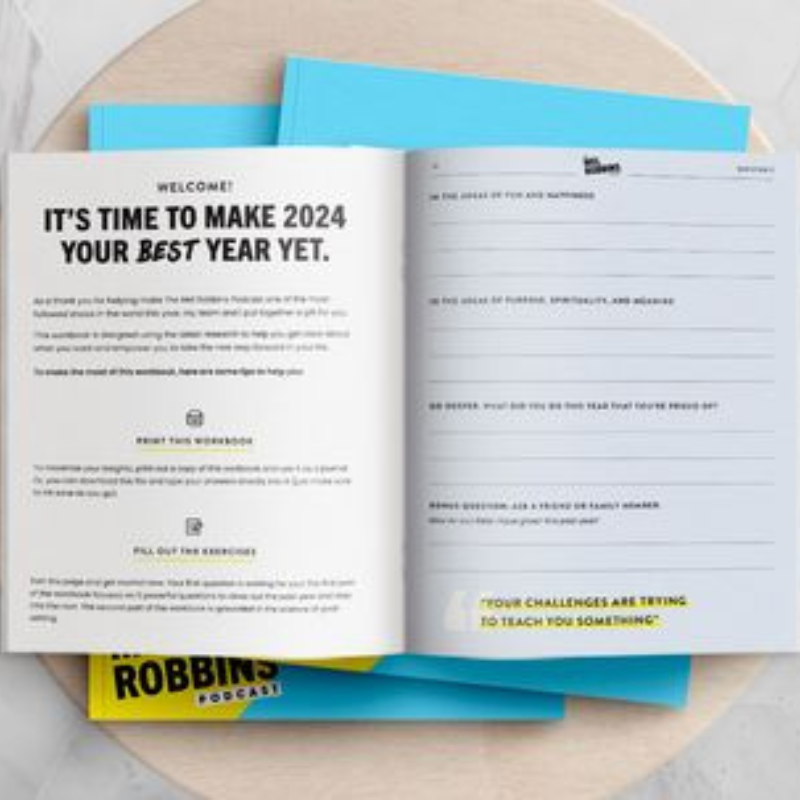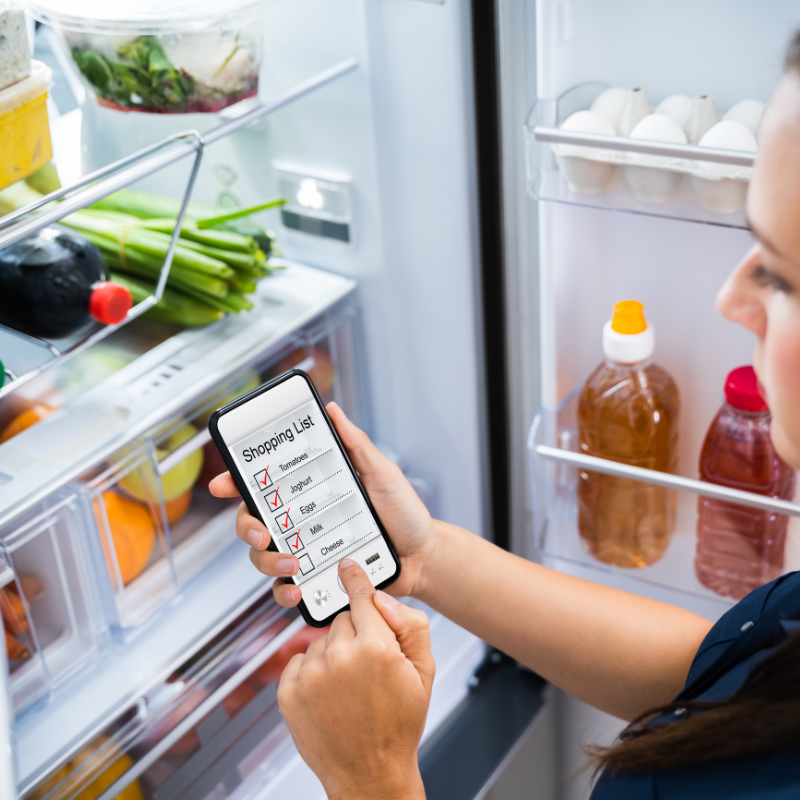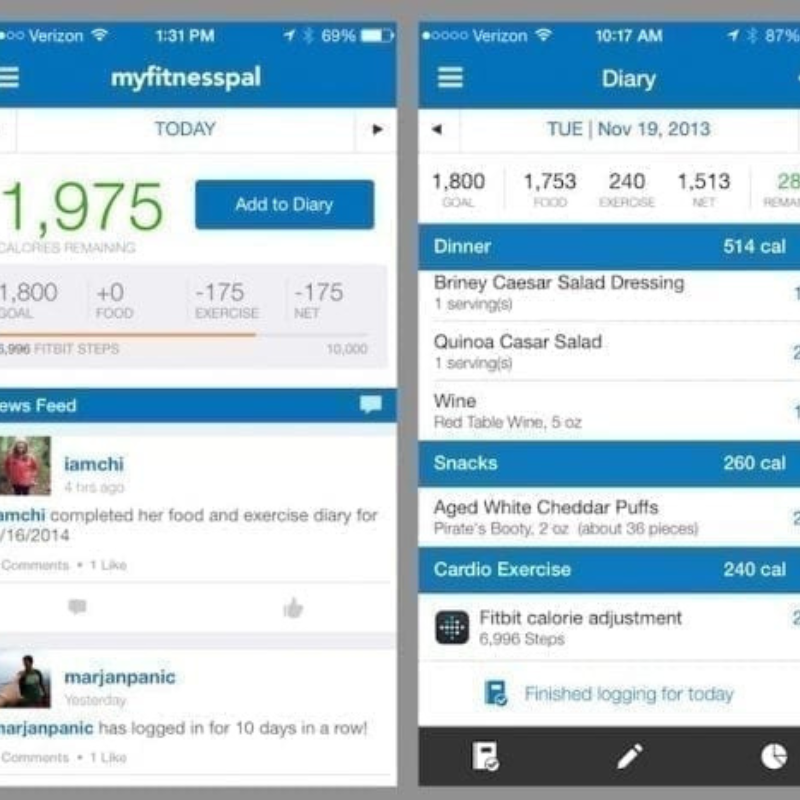If you want to set health (or other) goals for 2024, but don’t know where to start, or you’ve started and are already feeling the ‘stick with it’ struggle, you’re not alone.
We North Americans LOVE to make resolutions, but the now assigned “Quitter’s Day” title given to the second Friday in January says it all about our success with them.
I’m big on long term health habits and a goal of longevity. Changing your diet, fitness and self-care habits takes committed, consistent work. The good news is that once you’ve made something a habit, it gets a whole lot easier.

Let’s make 2024 about being kind to ourselves, allowing progression, and accepting that some days we just aren’t going to stick with it all. Committing to changing our habits to reach our goals will happen over the course of a realistic period of time
Now, let’s get into some how-to guidelines. Planning is going to be essential. Allow one to two weeks to do the work on the three steps below.
Step 1: Make a Health Goals List

In order of priority, list the habits you want to create or stop over the next six months.
Flag your top 1 to 3 habits and consider the timeframe: is it realistic to make/break multiple habits at once or do you need to break them out one month at a time.
Big goals like “healthy eating” often come with adopting (or stopping) several habits, which means long term success is often more likely with a phased approach (see below).
Step 2. Brainstorm Your Action & Critical Success Factors
Under each habit, consider all the factors that are going to support reaching that goal and making a permanent habit.
For example, if you have a weight loss goal, it is important to consider not only diet, but other factors that are going to support (or hinder) your success like sleep, stress management and movement.
Step 3. Create a Plan

Planning is hugely important when creating (or breaking) habits. It’s not just listing them, but identifying the tools and how-to BEFORE you dive in.
If you don’t have a plan and support tools, you may set yourself up for failure and with that the spiral of self-doubt, frustration and abandonment of your goals.
I’m working with the Mel Robbins planner (it’s fantastic & free): 2024 Planner
Sample Goal Setting Plan
In this next section, I’m using the goal of ‘healthy eating’ as an example of how I would work through the above three steps. You can use the same framework for different goals like fitness, weight loss, improving mental health, managing & reducing stress etc.
Step One: Name the Goal
Top priority goal example: eating a healthy diet that supports my personal daily needs (physical and mental) and long term health.
Create a list of new habits (or habit-breaks) that will be required to reach this goal. Here is a list of some of the key ones that can be included in a ‘healthy diet’ goal:
| Habits to Create | Habits to Break |
| Eating a macro-balanced diet (your ideal daily intake of carbs, proteins, healthy fats) | Limiting refined sugar |
| Drinking 10 glasses of water per day | Reducing or eliminating alcohol |
| Increasing veggies & fruits | Zero artificial sweeteners |
| Getting 40g+ fibre per day | Avoiding processed & fast foods |
| Eating on a regular schedule | Reducing caffeine |
| Planning & cooking more meals | Reducing meat consumption |
| Practicing portion control | Reducing salt |
You can see that the goal of ‘healthy eating’ actually breaks down into numerous distinct habits and goals, so there is no wonder the New Year’s resolution ‘break out of the gates Jan 1’ approach is doomed for failure.
Start with your top three. which are the top 3 sub-goals/habits that are going to have the biggest positive impact?
For example: 1) cutting alcohol, 2) reducing eating out, and 3) eating an ideal balance of macronutrients might be your top 3 biggest nutrition/diet habits to break/make.
Step Two: Determine Critical Success Factors
Learning.
With this example of ‘healthy eating’, getting a baseline knowledge around healthy food choices is going to be necessary for success.
Identifying.
Consider other habits and circumstances that can sabotage your goals. These can include sleep (not getting enough), stress (too much), work (if you have a job that brings with it a lot of dining out), busy schedule, family/ home-life (making meals for kids, living with people that don’t share your health goals – all of these things can make it hard to stick to with your plan.
Identify potential pitfalls and consider how you can avoid them when creating your plan (next step).
Step 3. Create the Plan
There is a solid plan behind most achieved goals.

The first step in creating a plan is identifying the planner tool(s) you’re going to use. Is it an online planner, journal, or an app*?
To create healthy eating habits, planning meal prep, logging your daily foods & beverages and scheduling shopping time will contribute greatly to your success. Once you’ve created new habits, a lot of this work will become second nature and has big long term payoff.
*avoid getting obsessed with calorie counting and approach app/tracker use as a learning tool so that you get to a point where you don’t need to use one.
Build Your Food List.
Create a list of foods that you’ll stick to 80% to 90% of the time. Split it out into carbs, proteins, and healthy fats.
Determine Your Daily Needs.
It’s always a good idea to consult with a nutrition professional when starting a new program. They’ll help you determine your calorie & macronutrient (protein, healthy fats, carbohydrates) needs. If this isn’t an option, there are several online apps and calculators you can use.
Create a One-Week Menu Plan.
Once you have the above, you can start menu planning. This piece can get overwhelming, so just start with one-week and build on it. There are a ton of amazing online menu planning tools to use that you can tailor to your personal preferences (eg. plant-based, gluten-free, dairy-free, Pescatarian etc).
I’ve been using ChatGPT a ton and love it. Try asking for a recipe that uses ingredients you already have on hand (search ‘what is a healthy recipe that uses xxxx’), or recipes for a target calorie level (try searching ‘high protein plant-based recipes with about 500 calories’).
Insider Tip: Consume protein, healthy fats and fibre-rich carbs at every meal and snack to balance macronutrient intake and keep blood sugar levels even.
Vary Your Foods.
Eating the same foods every day brings the risk of missing key essential nutrients and you’ll likely get bored.

Logging.
Keep a log for your food and beverages (eg. using an app, journal, notes on your phone). This is helpful in identifying hurdles that you hit in your day which throw you off track (it’s not a failure tracker, it’s a learning tool). My Fitness Pal is an example.
Recapping Your Planning and Action Steps
- Determine which tools you’re going to use.
- Determine the daily calorie level & macronutrient balance that’s right for you.
- Menu plan: create a 7 day menu plan that includes 3 meals and 1 or 2 smaller snacks per day that aligns with #2. When you have this down, you can create a second week using new meals/recipes.
- Log your daily progress until your habits are formed.
If you have questions on how to approach your personal healthy eating goals, or would like a sample foods list and one week meal plan with recipes, please email me at deanna@blendedforyou.com.
Wishing you health and happiness in 2024.
Deanna
Deanna Embury, Founder of Blended For You, is a regular contributor to The Health Insider. She is passionate about nutrition, wellness and helping people reach their personal health goals. Blended For You provides ready-to-blend (or eat) gluten-free, plant-based, all-natural and complete nutrition smoothies, soups & chia bowls. Get 25% off your first order with code HEALTHINSIDER25 or click this link, shop & the discount auto-applies.
The views and opinions expressed in the submitted article are solely those of the author(s) and do not necessarily reflect those of the The Health Insider. The publisher disclaims any responsibility or liability for such views, including any errors or omissions in the content provided. The information provided on TheHealthInsider.ca is for educational purposes only and does not substitute for professional medical advice. TheHealthInsider.ca advises consulting a medical professional or healthcare provider when seeking medical advice, diagnoses, or treatment.
